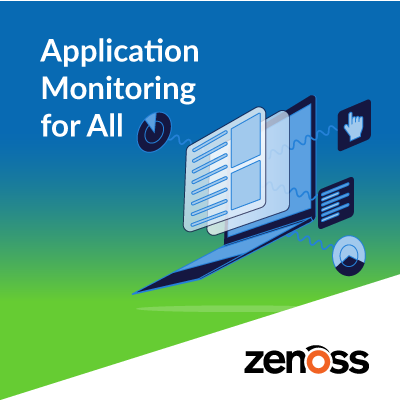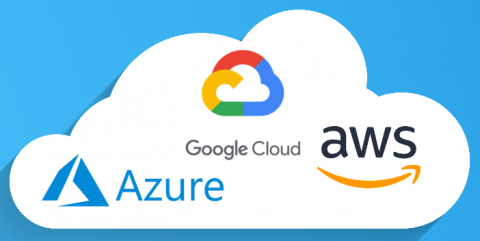Operations | Monitoring | ITSM | DevOps | Cloud
Blog
Kubernetes Drives Growth and Innovation in Financial Services
Founded in 2000, the Cardano Group is a privately-owned, purpose-built risk and investment specialist — and a financial pioneer. It is widely recognized as a market leader in the provisioning of specialized services to private-sector and collective pension programs in the United Kingdom and the Netherlands. Cardano has recently become the third largest retail pension provider in the UK after its recent acquisition of NOW: Pensions.
Use the Dashboard API to build your own monitoring dashboard
Using dashboards in Cloud Monitoring makes it easy for you to track important system metrics. Creating dashboards by hand in the Monitoring UI can be a time-consuming process, especially if you want to use them in multiple different Monitoring Workspaces. With the recent GA announcement for the Cloud Monitoring dashboards API, you now have a way to programmatically create dashboards.
Introducing Uptime Monitoring in iLert
After a closed beta test of 3 months, we’re finally making Uptime Monitoring in iLert generally available. And the best of all, uptime monitoring will be included on all our existing plans at no additional cost.
Dips and Wiggles: Monitoring Website Performance with Checkly, Prometheus and Grafana
In this guest article, SRE experts John Arundel and Andy Pearson show you how to connect your Checkly data to Prometheus and Grafana, as part of an integrated observability pipeline.
The OpsRamp Monitor: SRE Salaries, DevOps Teams, Multi-Cloud Survey
Top Weekly Reads in IT I&O The OpsRamp Monitor is OpsRamp’s top weekly review of interesting developments and emerging trends in IT operations. In this issue: It’s been a week. Four U.S. presidential contenders dropped out of the race. Coronavirus got worse. Several major tech conferences have been canceled. And the stock market rollercoaster ride continued. Let’s refresh with some good news: your career.
Looking back at one year of Sensu assets & announcing a new Sensu plugins SDK
Assets were one of the biggest additions in Sensu Go. How have new and experienced Sensu users reacted to Sensu assets as a workflow? And what's on the roadmap for Sensu contributors?
Announcing Unified IT Status Notifications from "Big 3" Cloud Providers
StatusCast helps corporations keep their employees happy by providing unified IT status notifications, which gives them the ability to communicate IT status updates with their employees from a single location. Having to check both a corporate IT status page and a separate one for the organization’s cloud provider to determine the extent of IT issues, lowers employee productivity and job satisfaction.
Azure, AWS, and Google Cloud Status Page Integration
StatusCast helps corporations keep their employees happy by providing unified IT status pages and notifications, which gives them the ability to communicate IT status updates with their employees from a single location.
Chrome 80 and Firefox 72.0.2 updates live on our checkpoints
When a new browser version becomes available, user adoption is fast. As we saw in an earlier post, due to the automatic update/release processes used by providers, most (nearly 100%) users have the latest and greatest within about four weeks of the new browser version’s release. As the browser versions evolve, it is important that your synthetic website monitoring keeps pace with the user-adoption rates.











